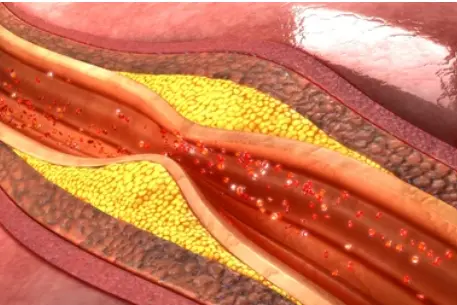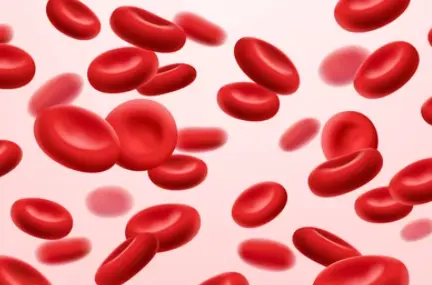 Welcome
Welcome
“May all be happy, may all be healed, may all be at peace and may no one ever suffer."
Melanoma - Generics
Melanoma is a type of skin cancer that develops from the pigment-producing cells (melanocytes) in the skin. It can occur anywhere on the body, but is most commonly found on the back, legs, arms, and face. Melanoma can spread to other parts of the body and become life-threatening if not detected and treated early.
The exact cause of melanoma is not fully understood, but exposure to UV radiation from the sun or tanning beds is a major risk factor. Other risk factors include having fair skin, a history of sunburns, a family history of melanoma, and having many moles or atypical moles.
The signs and symptoms of melanoma include a new or changing mole, an irregularly shaped or colored mole, a mole that is larger than a pencil eraser, or a mole that itches, bleeds, or is painful. It is important to regularly check the skin for any new or changing moles or spots, and to see a dermatologist if any concerns arise.
The treatment of melanoma depends on the stage and location of the cancer. Surgery is the primary treatment for early-stage melanoma, while more advanced melanoma may require additional treatments such as immunotherapy or targeted therapy. In some cases, radiation therapy may also be used.
Prevention of melanoma involves protecting the skin from UV radiation by wearing protective clothing, using sunscreen with an SPF of 30 or higher, and avoiding tanning beds. Regular skin checks and early detection are also important in reducing the risk of melanoma.

During pregnancy & after...

Cholecystitis

Percutaneous transluminal...

Thrombocytopenia

Lymphoma

Dyspareunia

Dental caries

Polymorphic light eruptio...
Melanoma, মেলানোমা
To be happy, beautiful, healthy, wealthy, hale and long-lived stay with DM3S.